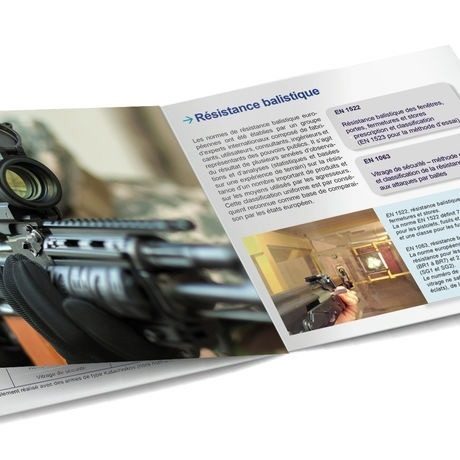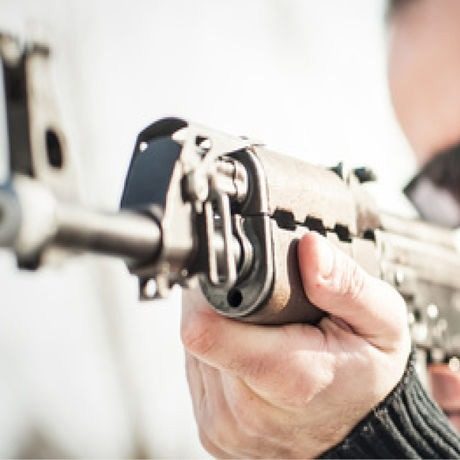Security Doors & Partitions
Certified solutions to create security perimeters and prevent intruders from reaching your sensitive areas or assets. These ranges include security doors and windows, modular enclosures, curtain walls and transfer solutions.

Aiming for optimum protection
Our ranges for certified security doors and partitions are intended to protect premises, personnel and assets and guarantee up to the highest levels of security. All solutions are designed to deliver adequate resistance in accordance with the various types and levels of attack (physical attacks, bullets or explosives); they also reinforce security perimeters without hampering fluid circulation for authorized individuals or local operational efficiency.
We can also develop and manufacture non-standard products for special requirements.
Why opt for certified products?
Any security equipment delivers passive protection in theory…
Yet when attacks occur, real performance must correspond to the expected level of resistance—even years after the equipment was installed. Certification brings an official guaranty that reality will match expectations and that your investment still delivers protection in accordance with the type and level of risk initially defined. Testing and certification must also apply to fully assembled units—not only parts.
To understand the purpose of the standards :
- To have a guide for the security levels required for the materials used.
- To have a guarantee that the materials used comply with these standards.
- To be able to compare materials with equal security level.

Resistance to physical attacks
Reference standards for resistance to break-in and physical attacks derive from decades of testing and collective research work. They are widely acknowledged as a solid basis for comparing products from European as well as international suppliers.

- European standard EN 1627 certifies resistance to physical attacks for doors, windows and enclosures tested as whole assemblies. This standard defines 6 levels of certified resistance, each corresponding to a specific duration and type of tooling used to break in.
- European standard EN 356 certifies the same resistance for glass panels in isolation.
Ballistic resistance
Standards defining ballistic resistance were established by groups of international experts gathering manufacturers, consultants, engineers and representatives from state authorities. These standards are acknowledged by European states as well as by many other countries worldwide.

- European standard EN 1522 certifies bullet resistance for doors, windows, enclosures and shutters tested as whole assemblies. It defines 7 levels of resistance in accordance with types of ammunition and weaponry. Levels FB1 to FB7 correspond to pistols, rifles and assault rifles. Special level FSG corresponds to shotguns.
- European standard EN 1063 certifies the same resistance for security glass panels in isolation. It defines 7 levels of resistance in accordance with types of ammunition and weaponry. Levels BR1 to BR7 correspond to pistols, rifles and assault rifles. Special levels SG1 and SG2 correspond to shotguns.
- The “NS” mention follows the level number if the tested glass panel breaks without projecting fragments (“S” mention if projection occurs).
Blast resistance
Explosions are measured in terms of range and duration. Their impact depends on the distance to target and creates either a deflagration (industrial accidents) or a detonation (criminal attacks).

- European standards EN 13123/124-1 certify blast resistance for doors, windows and enclosures tested as whole assemblies. They define levels of resistance in accordance with model specifications for shock tube tests.
- European standards EN 13123/124-2 certify blast resistance for doors, windows and enclosures tested as whole assemblies. They define levels of resistance in accordance with model specifications for open air tests (TNT equivalent explosions).
- European standard EN 13541 certifies blast resistance for glass panels in isolation.
Fire resistance
Fire resistance depends on materials and their reactions in terms of flammability, resilience to temperature, smoke generation and fire propagation.

- European standard EN 13501-2 specifies categorization for building products and building components (incl. doors)
- Performance criteria used to assess fire resistance are the following: E = airtight protection against flames | I = thermal insulation or capacity to resist fire-induced explosion.






